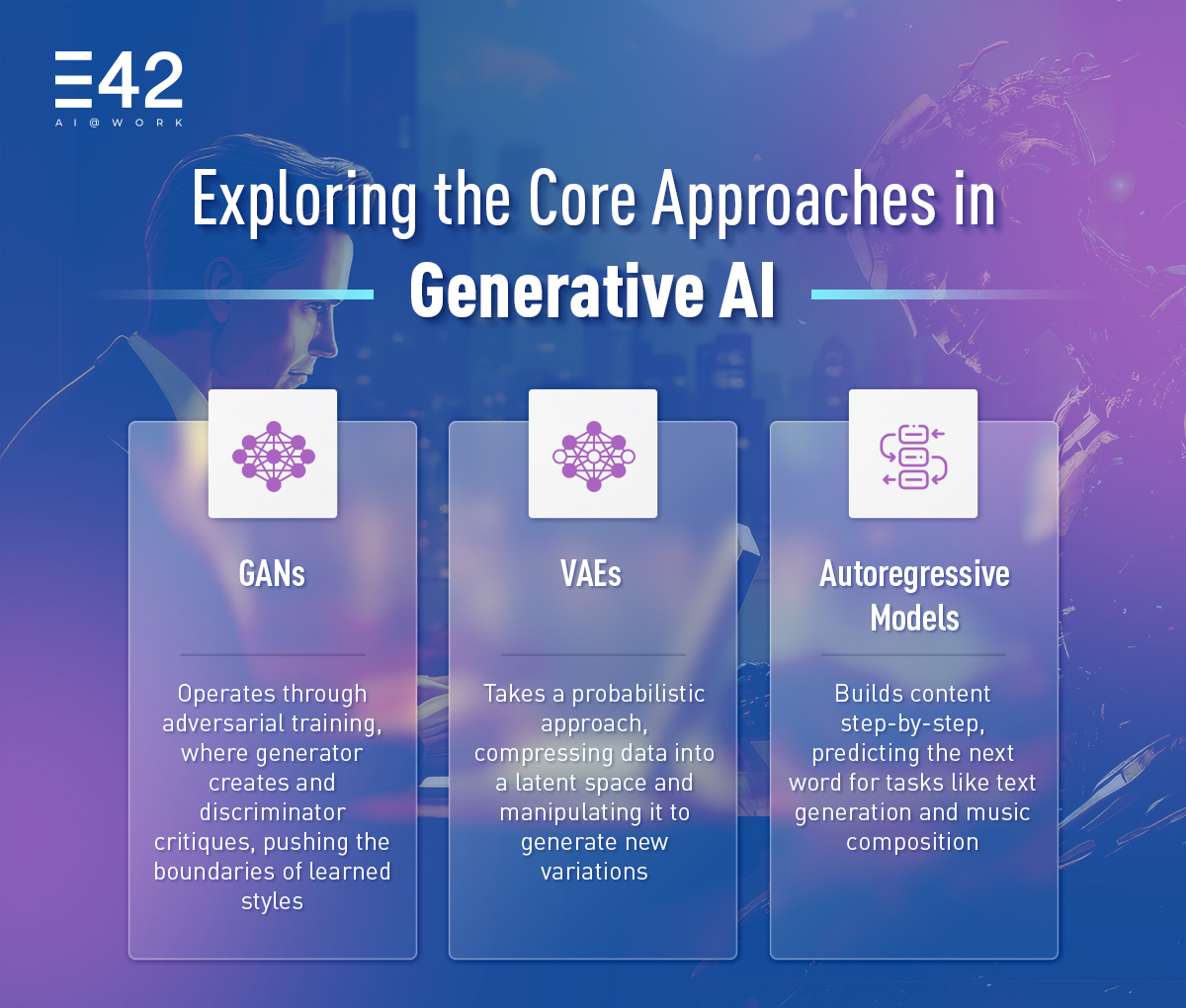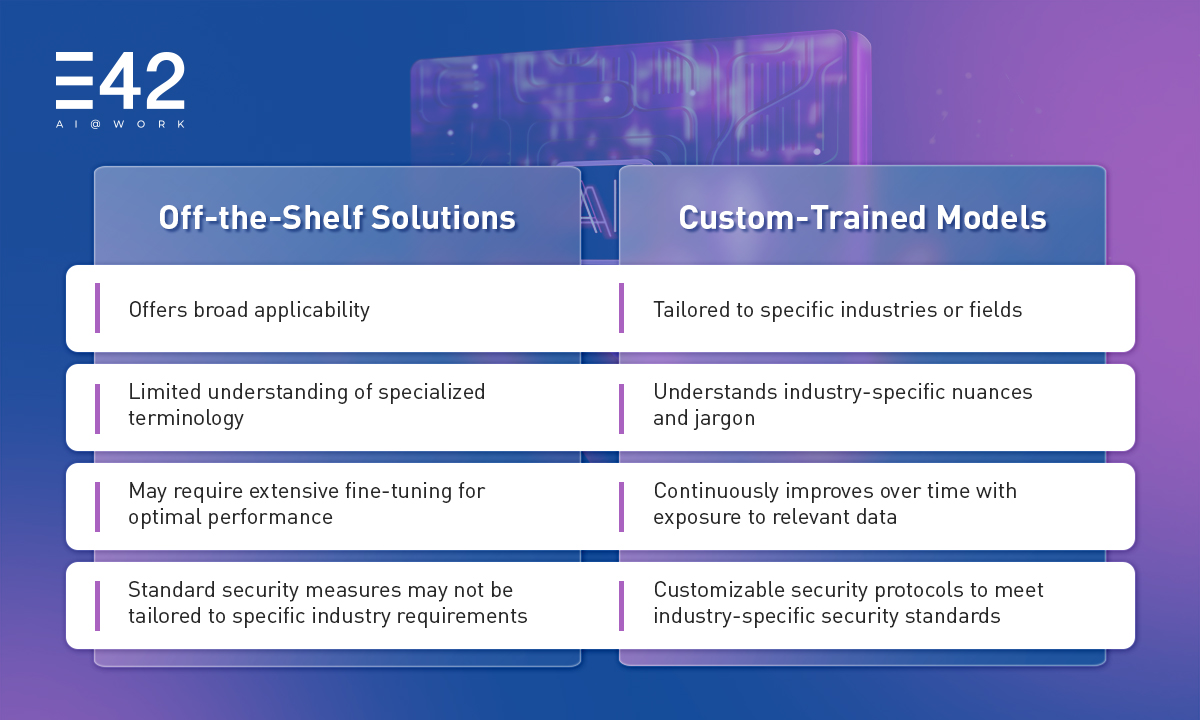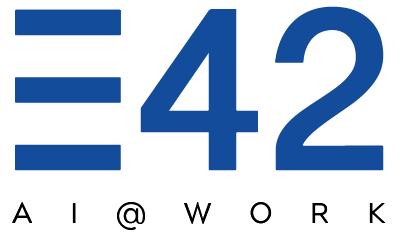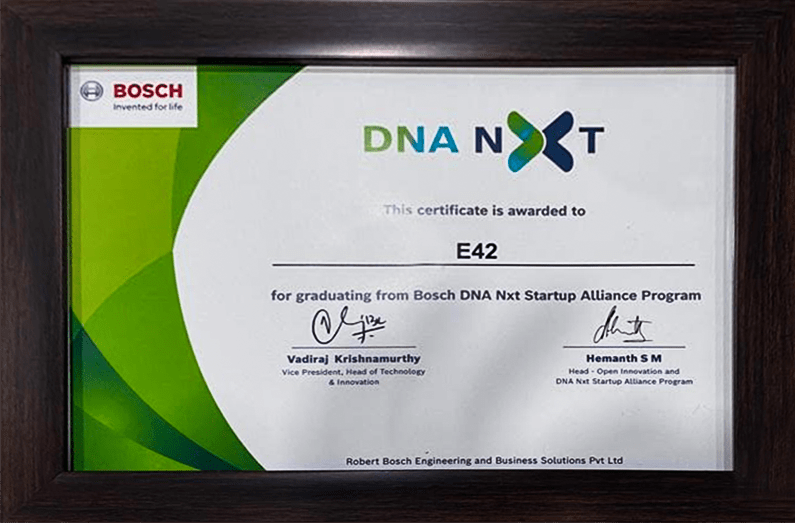Ever scroll through social media and see those mind-blowing images of landscapes that look like something out of a dream? Or perhaps you’ve stumbled upon a catchy tune that sounds suspiciously familiar, yet utterly new? Welcome to the age of generative AI, folks, and if you haven’t heard of it by now, well, let’s just say you might be living under a rock.
What is generative AI? Generative AI is rapidly transforming the field of artificial intelligence, and it goes far beyond simply applying filters or tweaking existing content. This powerful technology is like a genie in a bottle, capable of conjuring entirely new creations from the vast ocean of data it devours. It can analyze information and patterns to conjure entirely new creations, pushing the boundaries of what we thought possible.
Imagine paintings that seamlessly blend the swirling brushstrokes of Van Gogh with the dreamlike landscapes of Dali, or music that merges the powerful emotions of Beethoven’s symphonies with the driving energy of electronic dance music. Generative AI opens doors to a universe of artistic possibilities that were previously unimaginable.
An Introduction to Generative AI: How It Works
At the heart of generative AI lie three prominent approaches: Generative Adversarial Networks (GANs), Variational Autoencoders (VAEs) and Autoregressive Models. These approaches empower machines to learn the intricacies and patterns present within a specific data type. Once equipped with this knowledge, the models can then generate novel content that adheres to the learned characteristics.

Generative Adversarial Networks (GANs): A Competitive Learning Approach
GANs operate on a principle of adversarial training, akin to two artists constantly refining their skills through competition. The model comprises two neural networks:
- Generator: This network acts as the creative force, constantly generating new data samples (such as images, text, or music)
- Discriminator: This network plays the role of a discerning critic, meticulously evaluating the generated content and attempting to distinguish it from real data
Through this ongoing competition, the generator strives to produce increasingly realistic and novel outputs that can deceive the discriminator. Imagine training a GAN on a vast collection of historical paintings. Over numerous iterations, the generator’s ability to create new artworks that capture the essence of the training data (artistic styles, techniques) progressively improves. However, these novel creations might also introduce unique elements or subject matters, pushing the boundaries of the learned artistic style.
Variational Autoencoders (VAEs): A Probabilistic Approach to Content Generation
VAEs take a distinct approach inspired by the realm of probability. These models essentially compress data into a lower-dimensional representation, often referred to as the latent space. This latent space encapsulates the core characteristics of the original data, akin to summarizing a novel into a concise set of key points. The VAE then can reconstruct the data from this latent space or even manipulate it to generate new variations.
For instance, a VAE trained on a large dataset of human faces can learn the essential features of human physiognomy (eyes, noses, mouth shapes). By manipulating the latent space, the VAE can generate entirely new faces that share these learned characteristics, representing novel individuals while adhering to the overall distribution of human facial structures within the training data. This probabilistic approach allows VAEs to explore a vast realm of possibilities within the confines of the learned data distribution.
Autoregressive Models: Building Content Step-by-Step
Another key approach in generative AI is the autoregressive model. Unlike GANs and VAEs that can generate entire pieces at once, autoregressive models build content one step at a time. Imagine writing a story. An autoregressive model would analyze the previously written words to predict the most likely word to add next. This sequential approach makes it particularly effective for tasks like:
- Text Generation: Autoregressive models can generate realistic and coherent text formats, from poems and code to news articles and marketing copy
- Music Composition: By analyzing existing musical sequences, these models can create new pieces that adhere to the style and structure of the training data
Beyond the Core Three: Exploring Additional Techniques
The question of what is generative AI and how it works extends beyond these core approaches. Here’s a glimpse into some additional techniques that are pushing the boundaries of content creation:
- Deep Convolutional Generative Adversarial Networks (DCGANs): A specialized form of GANs particularly adept at generating high-fidelity images
- Wasserstein GANs (WGANs): An improved version of GANs that addresses training stability issues
- Generative Pre-training Transformers: These models leverage transformer architectures, known for their prowess in natural language processing, to generate different creative text formats
Transforming Enterprise Functions: The Power of Generative AI Tools
Generative AI tools have the potential to redefine how we approach problem-solving across various enterprise functions. Here are a few examples:
- Marketing and Sales: Generative AI personalizes content for individual customers, skyrocketing engagement and conversions. It also forecasts sales and identifies leads with pinpoint accuracy
- Human Resources: In HR, generative AI can help in creating job descriptions, screening resumes, and even in drafting personalized responses to candidates. It can also help identify patterns in employee behavior and sentiment, helping improve employee satisfaction and retention.
- Customer Service: Customer service gets a makeover with generative AI-powered chatbots that provide instant, personalized support, freeing up human agents. This improves customer satisfaction and reduces the workload of human customer service agents.
- Product Development: Generative AI can assist in the product development process by generating new product ideas based on market trends and customer feedback. It can also predict the potential success of new products based on historical data.
- Supply Chain Management: Vendor relationships and efficient accounts payable are the backbone of a smooth supply chain. Timely payments are crucial for fostering trust and cooperation with vendors, ultimately leading to a more streamlined operation. Generative AI can contribute to automating the AP process, especially in the areas of vendor communication, and reporting and analytics ensuring timely payments and strengthened vendor relationships.
Democratizing Creativity: Empowering Everyone
Generative AI is not just a technological advancement, but a tool that democratizes creativity. It empowers individuals, regardless of their background or skill level, to generate stunning visuals, compose music, or even write compelling stories. By making these creative processes more accessible, generative AI fosters a more inclusive and diverse creative landscape. What is the primary goal of generative AI? It’s to be like a creative partner that helps individuals express their ideas and visions in ways they may not have been able to on their own. This transformative power of generative AI tools opens a world of possibilities for self-expression and exploration.
Beyond Off-the-Shelf Solutions: Tailoring Generative AI Solutions

While pre-trained generative models offer a wide range of applications, they might not always be the perfect fit for every unique situation or specific business need. This is where the power of custom-trained models comes into play. These models are specifically trained on datasets that are highly relevant to a particular field or industry. This allows them to understand the nuances, terminologies, and intricacies unique to that field, leading to more effective and accurate results.
For instance, consider the task of writing a scientific paper. A generic AI model for writing, trained on a broad dataset, might struggle with the technical language and complex concepts of a scientific paper. It might not fully grasp the specific terminologies or the structured format that scientific papers typically follow. Moreover, these custom-trained models can continually learn and improve over time. As they are exposed to more and more data, their performance and accuracy can improve, making them even more valuable to the businesses that use them.
What are Some Ethical Considerations When Using Generative AI?
The immense potential of generative AI also brings with it significant ethical considerations. It’s a powerful tool that, if misused, could have serious implications. For instance, there’s the potential for creating deepfakes, manipulated videos that can be almost indistinguishable from reality. These could be used to spread misinformation or fake news, posing a significant challenge to truth and trust in digital communication. Moreover, generative AI models can sometimes exhibit a phenomenon known as ‘hallucination’, where they generate outputs that aren’t entirely grounded in reality. This could lead to the propagation of inaccurate or misleading information, which is particularly concerning in areas like news generation or academic research.
It’s also important to consider the implications of AI-generated content on intellectual property rights. Who owns the rights to a piece of music composed by an AI tool? Or a story written by a machine? These are complex questions that we, as a society, need to address. Furthermore, as these models learn from data, there’s a risk of them perpetuating biases present in the training data. This could lead to unfair or discriminatory outcomes, which is why it’s crucial to ensure the use of fair and representative data during model training.
In light of these considerations, it’s clear that the development and use of generative AI must be guided by a strong ethical framework. This includes transparency about how these models work and are trained, rigorous testing to identify and mitigate potential biases, and robust policies to prevent misuse. As we continue to explore the possibilities of generative AI, we must also champion its responsible and ethical use.
Leveraging Generative AI for Enterprise Automation with E42
LLMs trained on generic data have a general linguistic understanding that seldom allows them to be used as-is. For many businesses, the valuable uses of LLMs require that the model be taught new behavior that is relevant to a particular application. E42’s roadmap covers leveraging LLMs for business applications and conditioning the LLMs for domain-specific behavior.
From AI-driven responses and FAQ generation to text summarization, code generation, content creation, and more, E42’s LLM capabilities empower businesses to enhance efficiency, streamline operations, and unlock new possibilities in document management.
On-Premises LLMs: Synergizing Security and Generative AI Potential
In the dynamic landscape of digital transformation, organizations are actively pursuing advanced technologies to enhance operational efficiency and capabilities. Embracing this wave is E42 with its on-premises Large Language Models (LLMs), offering a dual advantage in data security and compliance.
Let’s explore the distinctive capabilities that set E42’s on-premises LLMs apart in ensuring a secure and compliant AI ecosystem.
E42’s on-premises Large Language Models (LLMs) are extensively customizable, catering specifically to enterprise needs. They prioritize data privacy with on-premises deployment, ensuring data remains within the organization. This not only enhances security but also minimizes latency by allowing local processing for real-time responses. Furthermore, these models seamlessly integrate with existing workflows and provide enhanced control over compliance, adhering to industry regulations. They are also designed to mitigate biases and hallucinations, ensuring the generation of accurate and contextually relevant content. These distinctive capabilities make E42’s LLMs a secure, efficient, and compliant solution in the AI ecosystem.
To know more about generative AI and make the most of out of the technology for your business, get in touch with us today!



